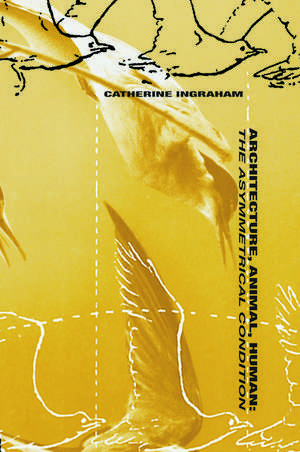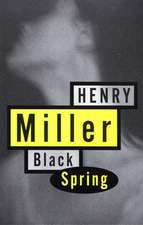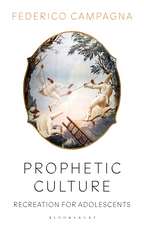Architecture, Animal, Human: The Asymmetrical Condition
Autor Catherine T. Ingrahamen Limba Engleză Paperback – 22 dec 2005
Preț: 459.89 lei
Nou
87.100€ • 91.89$ • 72.67£
Carte tipărită la comandă
Livrare economică 15-29 aprilie
Specificații
ISBN-10: 0415701074
Pagini: 376
Ilustrații: 35
Dimensiuni: 156 x 234 x 21 mm
Greutate: 0.7 kg
Ediția:1
Editura: Taylor & Francis
Colecția Routledge
Locul publicării:Oxford, United Kingdom
Public țintă
Postgraduate, Professional, and UndergraduateCuprins
Introduction
Part I: Life (before)
1: Partitioning the orthopedic whole
2: Inside and outside
3: Life (before)
Part II: Life (after): post-animal life
4: Post-animal life
5: After
6: Ways of life
7: Hyena: totem animal of the late twentieth century
Part III: The divide
8: Birds (from above)
9: Birds (from below)
10: Space: the animal-field
11: Praying mantis: totem animal of the thirties
12: Mimicry
Part IV: Milieu
13: Vertical, standing upright
14: Framing
15: Lascaux: totem milieu of the sixties
Part V: Animal urbanism
16: Stock exchange: standing upright, idle
17: The City: horizontal, upright, working
Part VI: Processing
18: Engineering
19: Processing
Notă biografică
Catherine Ingraham is Professor of Architecture at Pratt Institute. She is the author of Architecture and the Burdens of Linearity (Yale University Press, 1998), co-editor of Restructuring Architectural Theory (Northwestern University Press, 1989), and was an editor of the critical journal Assemblage from 1991-1998.
Textul de pe ultima copertă
This book looks at specific instances in the Renaissance, Enlightenment and our own time when architectural ideas and ideas of biological life come into close proximity with each other. These convergences are fascinating and complex, offering new insights into architecture and its role. Establishing architecture as a product of the ascendancy of the position of human life, the author shows here that while architecture is dependent on life forces for its existence, at the same time it must be, at some level, indifferent to the life within it. Life, for its part, privileges itself above all else, and seeks to continuously expand its field of expression. This, then, is the asymmetrical condition, and to understand it is to gain important new theoretical perspectives into the nature of architecture.
Descriere
Considering the historical links between architecture and the development of life sciences, this work focuses on particular times of great change in these disciplines, and the complex relationships between life and the environments that life creates.


















